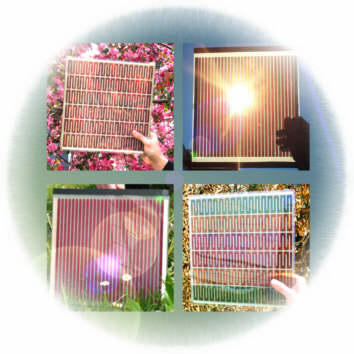A group of researchers from the University of British Columbia and the University of North Carolina at Chapel Hill is seeking to improve the performance of dye-sensitized solar cells by using halogens, a class of elements that include fluoride, bromine, chlorine and iodine.
In a study published on the scientific magazine Nature, the researchers claim that the use of halogens may boost the conversion efficiency of this kind of cell by a further 25%. According to them, the presence of these elements in a dye-sensitized cell is capable of accelerating the electron transfer between the electrolyte and the semiconductor.
Four different dyes containing fluoride, bromine, chlorine or iodine were used in the experiment, while the whole process was observed through a X-ray absorption spectroscopic technique.
The researchers also showed that larger halogens perform better at accelerating the aforementioned electron transfer, and that dyes containing iodine were regenerated almost three times faster by the electrolyte.
“Halogens haven't been the focus of much solar cell research. They form very weak, transient bonds that exist for less than 10 microseconds, and they typically make up just a tiny portion of all the atoms in a solar cell. We're thrilled to prove that these bonds can make such a significant difference in solar energy conversion,” said one of the research co-authors Curtis Berlinguette.
This content is protected by copyright and may not be reused. If you want to cooperate with us and would like to reuse some of our content, please contact: editors@pv-magazine.com.




By submitting this form you agree to pv magazine using your data for the purposes of publishing your comment.
Your personal data will only be disclosed or otherwise transmitted to third parties for the purposes of spam filtering or if this is necessary for technical maintenance of the website. Any other transfer to third parties will not take place unless this is justified on the basis of applicable data protection regulations or if pv magazine is legally obliged to do so.
You may revoke this consent at any time with effect for the future, in which case your personal data will be deleted immediately. Otherwise, your data will be deleted if pv magazine has processed your request or the purpose of data storage is fulfilled.
Further information on data privacy can be found in our Data Protection Policy.